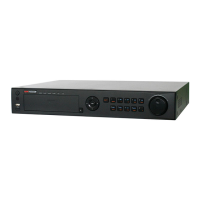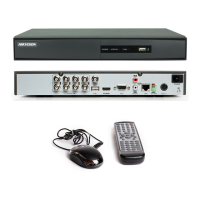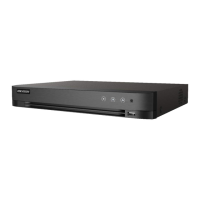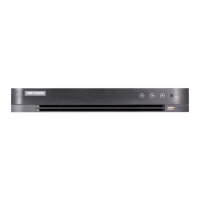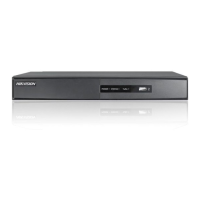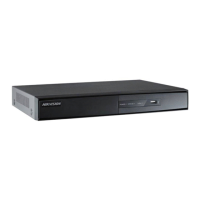
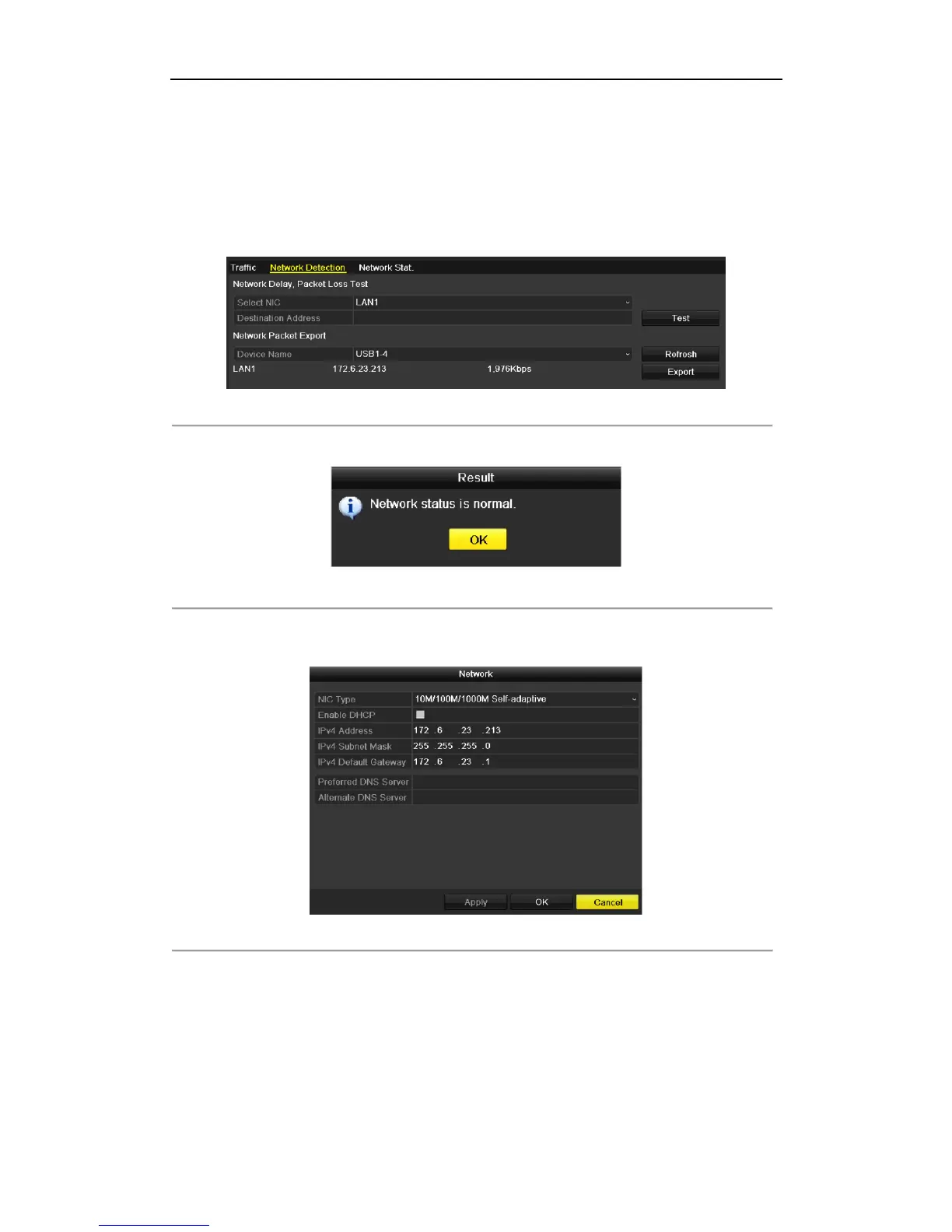
Do you have a question about the HIKVISION DS-7204HGHI-SH and is the answer not in the manual?
| Product color | Black |
|---|---|
| Channels quantity | 4 channels |
| Total storage capacity | 1000 GB |
| Video compression formats | H.264 |
| Playback resolutions supported | 1920 x 1080, 1280 x 1024, 1280 x 720, 1024 x 768 |
| Audio input | 1 |
| BNC input ports | 4 |
| USB 2.0 ports quantity | 2 |
| Ethernet interface type | Fast Ethernet |
| Supported network protocols | TCP/IP, PPPoE, DHCP, DNS, DDNS, NTP, SADP, SMTP, SNMP, NFS, iSCSI, UPnP, HTTPS |
| HDD interface | Serial ATA |
| Power requirements | 12V DC |
| Power consumption (typical) | 15 W |
| Operating temperature (T-T) | -10 - 55 °C |
| Operating relative humidity (H-H) | 10 - 90 % |
| Dimensions (WxDxH) | 315 x 242 x 45 mm |
|---|
Details FCC compliance requirements and conditions for the device.
States compliance with European directives like LVD, EMC, and RoHS.
Covers SATA, eSATA, and network disk connections for storage.
Outlines scheduling, modes, and types of recording.
Explains the procedures for powering the DVR on and off safely.
Details how to add IP cameras to the device's connection list.
Describes various functions and controls available in the Live View interface.
Covers the configuration of PTZ parameters and RS-485 settings.
How to configure camera positions, paths, and movement patterns for PTZ.
Sets parameters for video stream encoding, resolution, and bitrate.
Allows users to define schedules for automatic recording.
How to configure motion detection parameters and response actions.
Explains methods to search and play recorded video files.
Details how to export recorded video files to external storage devices.
How to configure motion detection parameters and response actions.
Configures how the system reacts to triggered alarms or exceptions.
Basic network configuration like IP address, subnet mask, and gateway.
Covers PPPoE, DDNS, ezviz Cloud, NTP, SNMP, NAT, and HTTPS settings.
Steps to prepare a new hard disk drive for use with the DVR.
How to organize multiple HDDs into groups for better storage management.
How to set on-screen display elements like date, time, and camera name.
How to set up privacy mask zones to block specific areas of the video feed.
How to access details about the DVR's hardware, software, and connected devices.
Instructions for updating the DVR's firmware via local device or FTP.
How to add, delete, and manage user accounts and their permissions.





